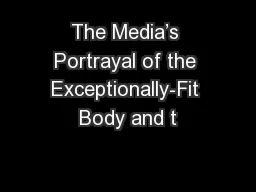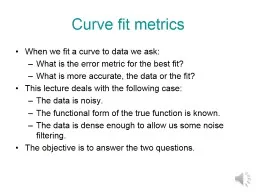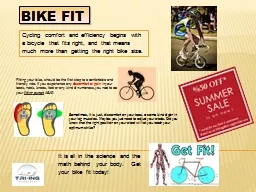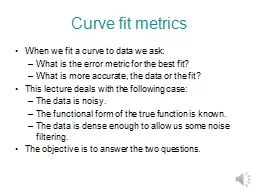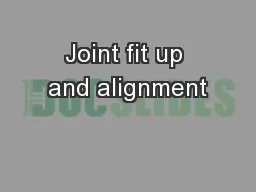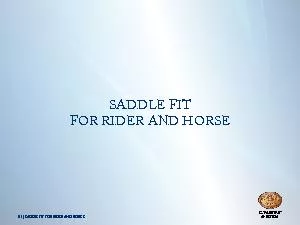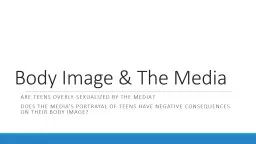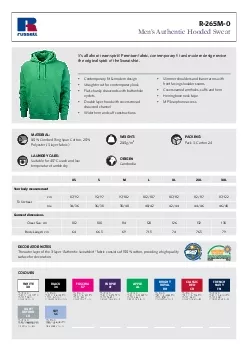PPT-The Media’s Portrayal of the Exceptionally-Fit Body and t
Author : alida-meadow | Published Date : 2017-04-19
Levi Henry Introduction The medias role in American society Homan 2010 Male body Muscular low body fat percentage Leone Sedory amp Gray 2005 Female body Thin
Presentation Embed Code
Download Presentation
Download Presentation The PPT/PDF document "The Media’s Portrayal of the Exception..." is the property of its rightful owner. Permission is granted to download and print the materials on this website for personal, non-commercial use only, and to display it on your personal computer provided you do not modify the materials and that you retain all copyright notices contained in the materials. By downloading content from our website, you accept the terms of this agreement.
The Media’s Portrayal of the Exceptionally-Fit Body and t: Transcript
Download Rules Of Document
"The Media’s Portrayal of the Exceptionally-Fit Body and t"The content belongs to its owner. You may download and print it for personal use, without modification, and keep all copyright notices. By downloading, you agree to these terms.
Related Documents

